

What challenges do you see coming up for a designer?
We are facing a lot of challenges. But it is an exciting situation for us as creators. Everybody is shouting: Innovation! Innovation! Let’s try something new! But the question is: what and how? Everybody is struggling because nobody knows the proper answer yet. But I think such a situation is very interesting, because almost every essential design movement came out of an unstable situation. For example after the first world war, we were facing a lot of challenges: poverty, unemployment and disorientation in society. We had to find a new way of life. A lot of important inventions and rules were made to make life easier. And for sure, we had big movements in art, as well. One essential trend from these days was Bauhaus. A new way of thinking that has a quite big impact even today. After the Second World War from the recovery we had to find something new, a new way of life, and that resulted in the Mid-century modernist style. The problems of today are different, but challenging as well. We are seeing the revolution of information through the internet. We are also facing quite an unstable situation with a lot of challenges. We are almost in the age of 10 Billion people which the earth has never experienced before. The population grows constantly, we lose the diversity of our ecosystems and have to find a way to achieve a sustainable life. I believe this age again has a chance to make essential design. And I’m sure it will be recognised in the history of design. As a designer it’s a very exciting situation. In these situations, it is important to cooperate, no movement in art or design was done by an independent individual. Bauhaus, that I mentioned before, was a community of designers, artists and architects that worked together to develop creative solutions. We can learn a lot from this history. In fact, I believe we are facing the age of collective design, in which collaboration will be a key principle.
the interview in full- length will be publishedin a book after our journey.stay tuned – #thewalzhappens
in yokohama, close to tokyo, we met eisuke tachikama, CEO and founder of Nosigner. NOSIGNER - WE DESIGN FOR SOCIAL INNOVATION NOSIGNER is a design firm based on the principle of creating 'designs that bring positive changes to the society and the future'. With the desire to be a team that identifies large challenges and designs ideal relationships requisite for the society, we have been working under the name of 'NOSIGNER', meaning 'professionals who design intangible things‘. NOSIGNER provides comprehensive work beyond typical design disciplines, including areas of graphics, products, spatial design, business models and branding. In addition to design as a business activity, NOSIGNER also creates social innovations in various fields, including local industry, technology, education, sustainability, cultural exchange and open source design.
| date: | march, 2015 |
| city: | yokohama |
| interview width: | eisuke tachikama |
| www: | nosigner.com |
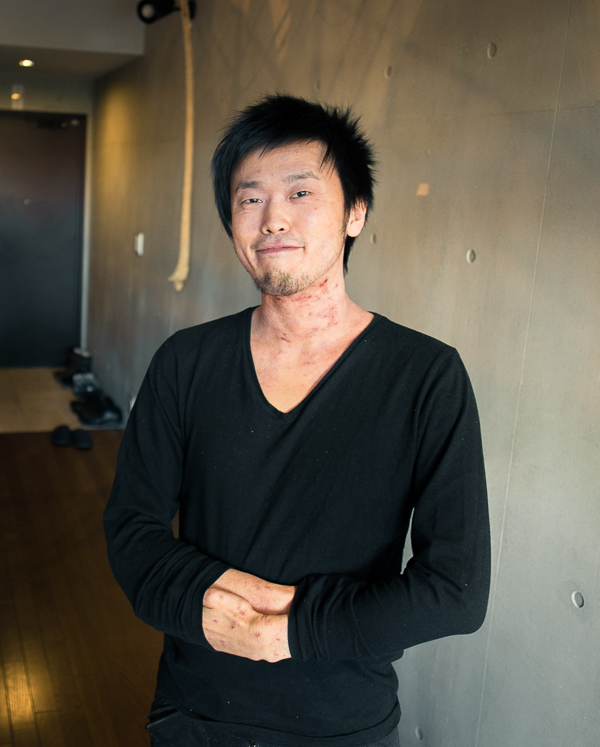
"In unstable situations, such as we had after the earthquake in 2011, you start asking yourself: What can I do, what is my role as a designer in this crisis?"
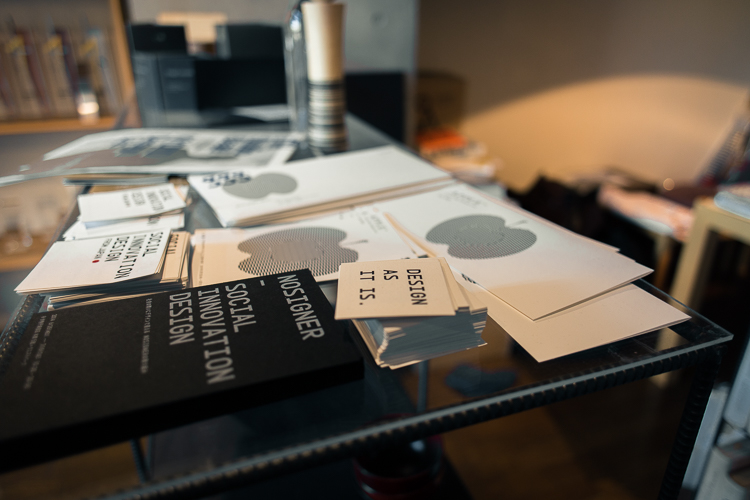
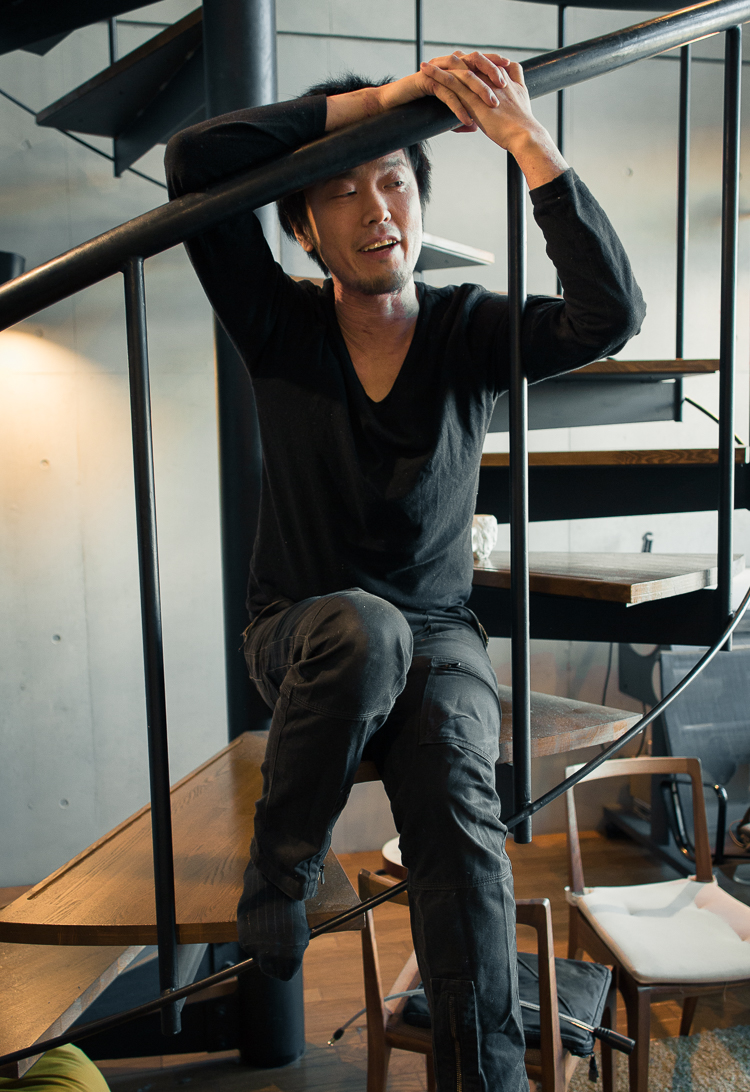

OLIVE
A wiki-style web project that was launched just 40 hours after the Tohoku earthquake and tsunami. With the objective of sharing do-it-yourself tips and tutorials to benefit refugees, the site immediately spread with ideas and knowledge from all over the world. The ideas and designs gathered through OLIVE were not only uploaded and shared via the web, but began to reach the disaster victims in print as well. Nosigner truly believe that knowledge can save lives and nowadays no one can accept the explanation: “they did not survive because they did not know.” OLIVE’s “O” represents the red circle of Japan’s national flag while “LIVE” means “live,” reflecting the wish, “Survive, Japan”. They have collected various ideas on how to efficiently and effectively utilize items in affected areas where there is a lack of resources. Upon voluntary contribution, the website has been translated into English, Chinese and Korean and is still expanding as a database that utilises collective wisdom. There is now an “OLIVE BOOK,” a paperback book consisting of information collected on the OLIVE website. All the useful information during disaster situations is well described with illustrations, making it easy to understand.
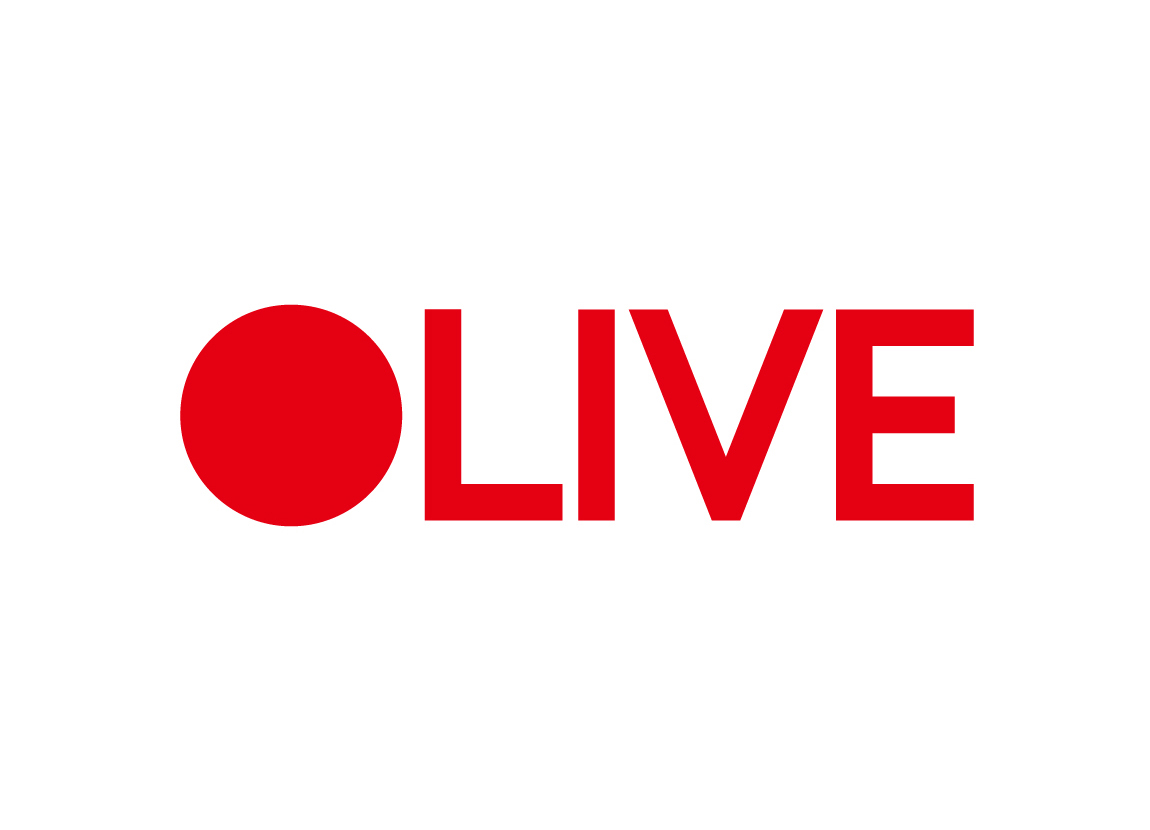
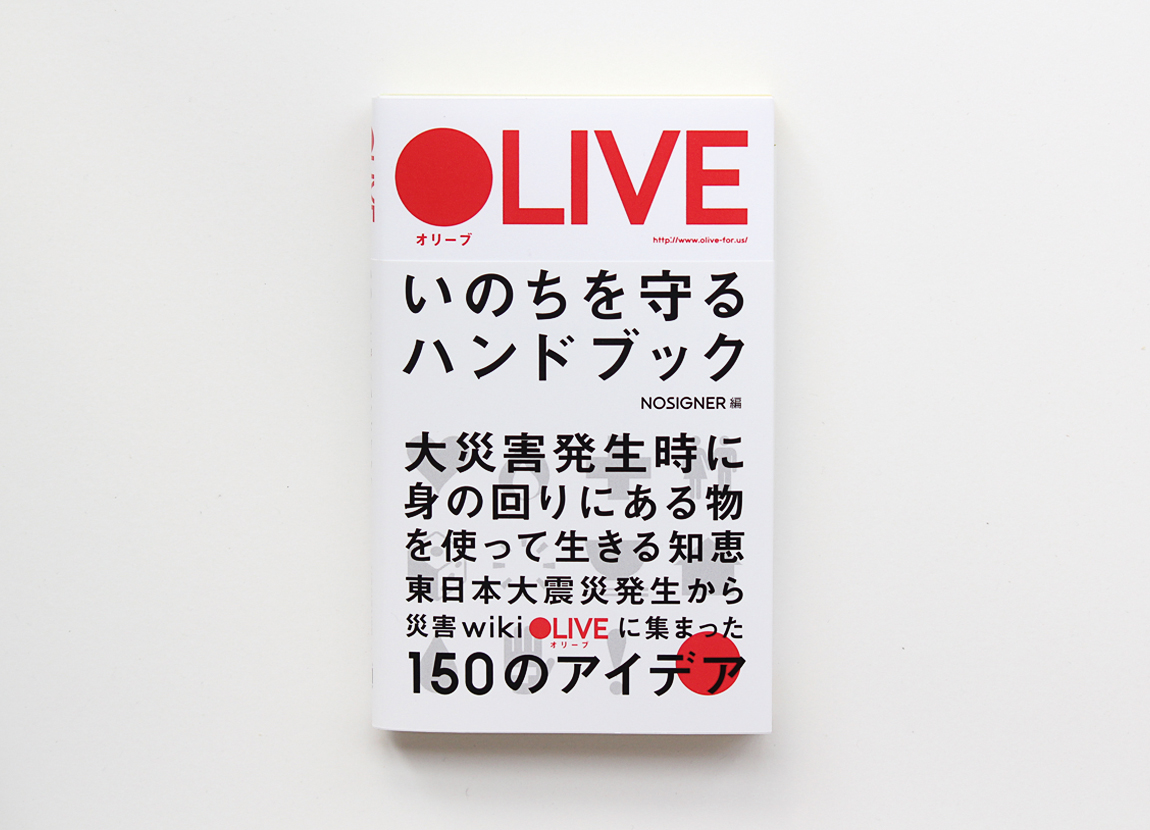

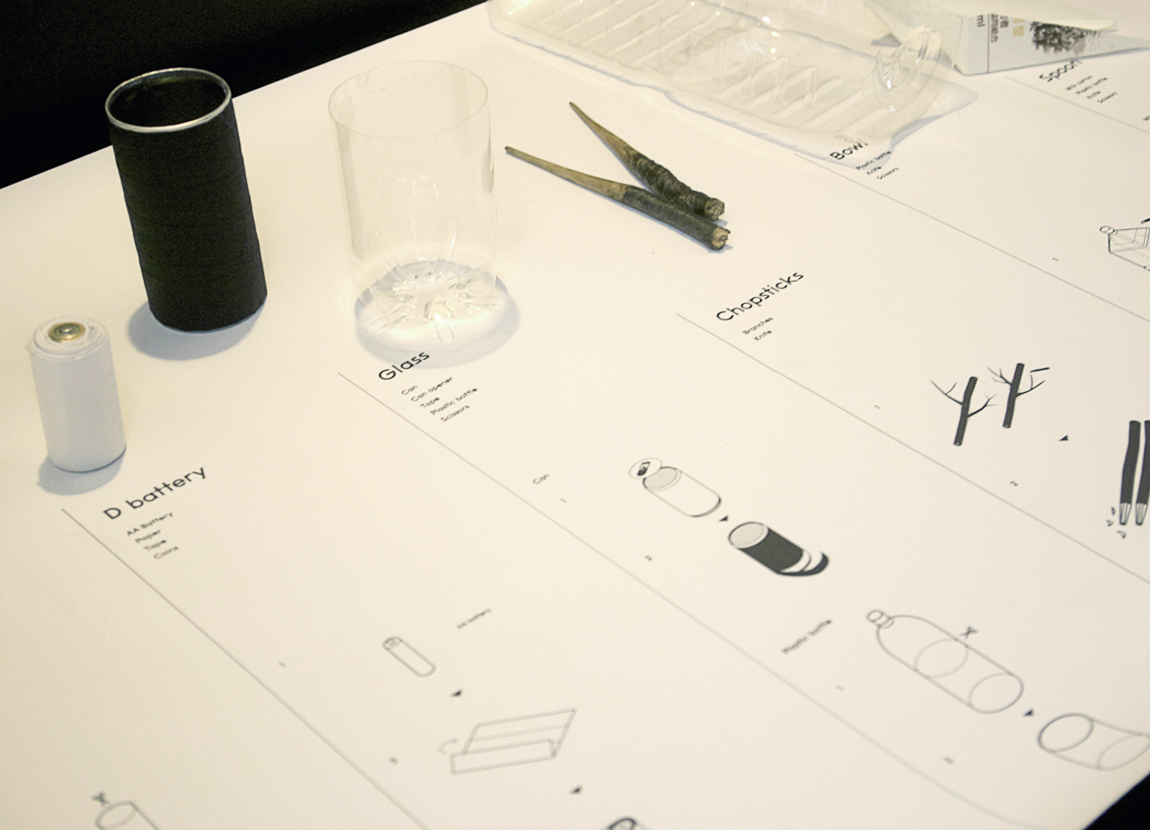
all images of the featured project are from NOSIGNER.